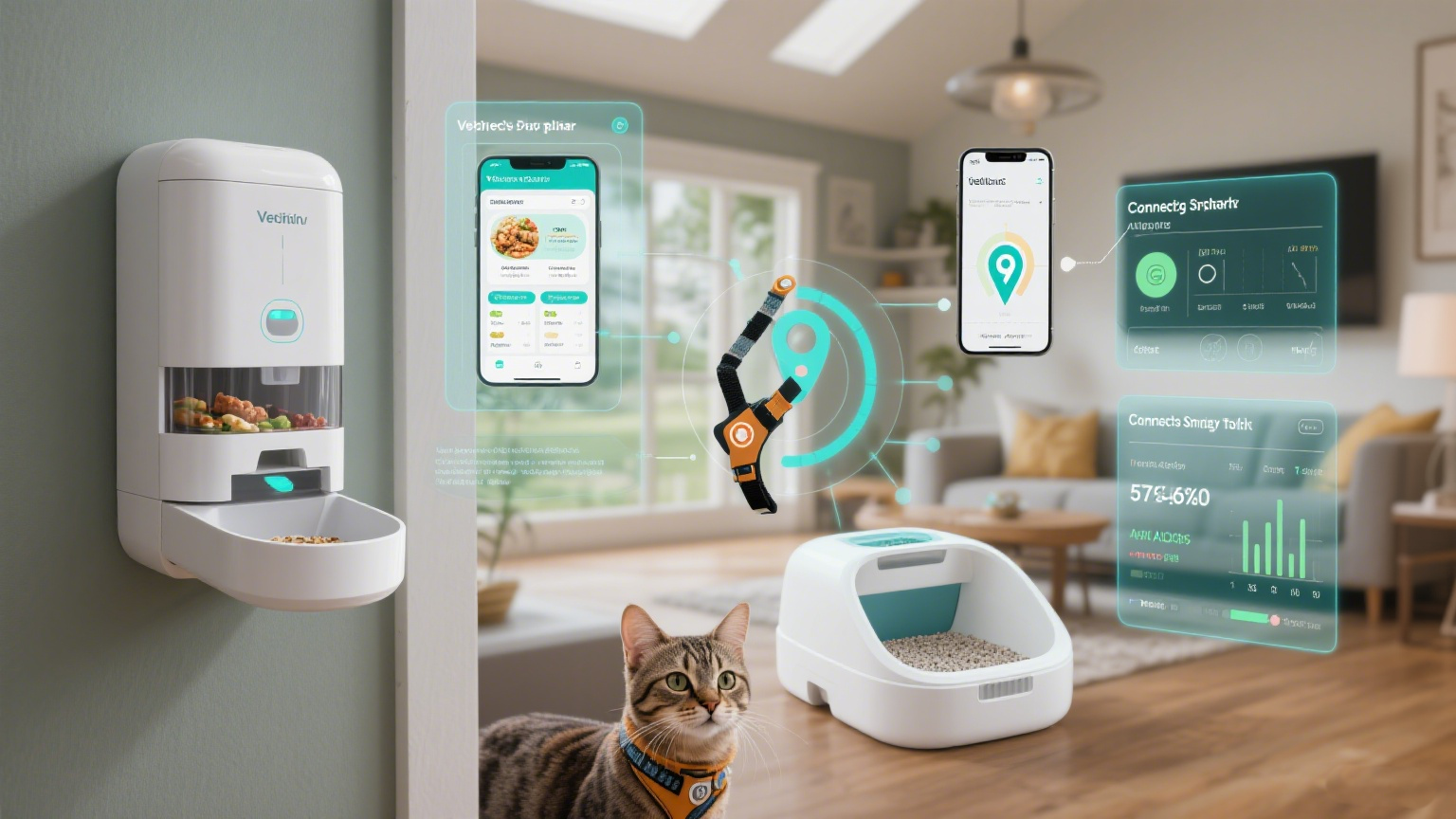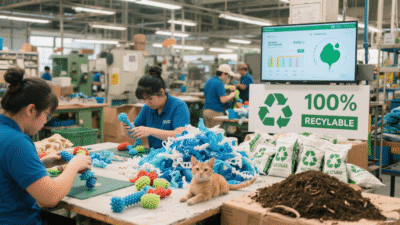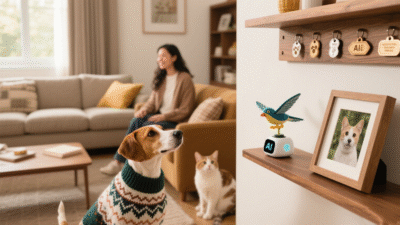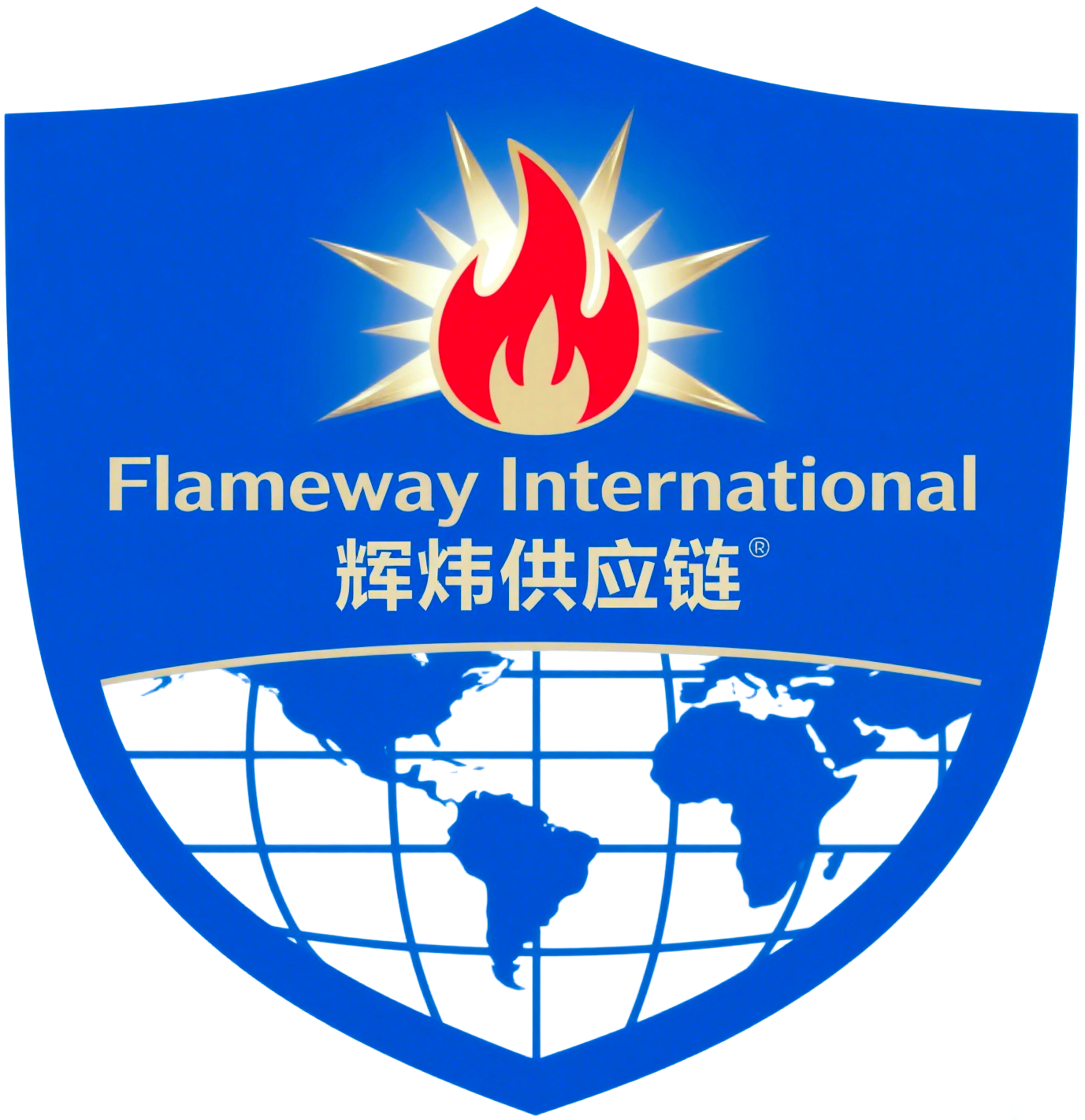Future Development Trends in the Pet Supplies Industry

The global pet supplies industry is on the cusp of a transformative era, driven by shifting consumer mindsets, technological advancement, and growing environmental consciousness. For Chinese manufacturers and cross-border traders, understanding these trends is not just about staying competitive—it’s about redefining value in a market where pets are increasingly viewed as family members.
First, emotion-driven product evolution will replace functional-centric design. Consumers are no longer satisfied with basic items like generic dog bowls or simple cat scratchers; they seek products that foster emotional connection. This means personalized memorial accessories (e.g., engraved pet ID tags with custom photos), interactive toys that mimic natural prey behavior (such as AI-powered bird-shaped cat toys), and even “pet-human matching” items (coordinated sweaters for dogs and their owners). Chinese manufacturers, with their flexible OEM/ODM capabilities, are well-positioned to capitalize on this trend by quickly adapting to niche emotional needs—turning a standard pet bed into a memory-foam model embroidered with a pet’s name, for example.

Second, sustainability will move from “nice-to-have” to “non-negotiable”. Regulatory pressures (e.g., the EU’s ban on single-use plastics) and consumer demand for eco-friendly options are pushing the industry toward circular solutions. Future pet supplies will prioritize recycled materials (e.g., dog toys made from reclaimed ocean plastic), biodegradable packaging (compostable bags for cat litter), and product lifecycle design (crates that can be disassembled and recycled). Chinese factories, already investing in green manufacturing technologies, can leverage their scale to make sustainable products affordable—critical for penetrating price-sensitive markets in Southeast Asia while meeting strict standards in Europe.
Third, smart technology will integrate into daily pet care scenarios, not just as standalone gadgets. The next wave of smart pet supplies will focus on seamless connectivity: think smart feeders that sync with vet-prescribed meal plans, GPS harnesses that alert owners to potential health risks (e.g., abnormal activity levels), and self-cleaning litter boxes that send usage data to a mobile app. Unlike early smart products that focused on novelty, future innovations will solve real pain points—such as reducing anxiety for pet owners traveling abroad. Chinese manufacturers’ strength in electronics assembly and cost control will make these tech-integrated products accessible to global mid-market consumers.

Finally, regional demand customization will become a key differentiator. Markets have distinct needs: Southeast Asian consumers prioritize heat-resistant pet beds and insect-repellent collars; Nordic buyers seek cold-weather gear like insulated dog coats; and urban Japanese households demand space-saving furniture (e.g., wall-mounted cat perches). Success will lie in balancing scale with localization—Chinese traders who partner with local retailers to co-design region-specific products will outperform those selling one-size-fits-all items.
These trends converge on one truth: the future of pet supplies is about “humanizing” pets while harmonizing with global values of sustainability and convenience. For Chinese cross-border businesses, the opportunity lies in translating these trends into actionable products—leveraging manufacturing agility to turn consumer desires into market-ready goods.
